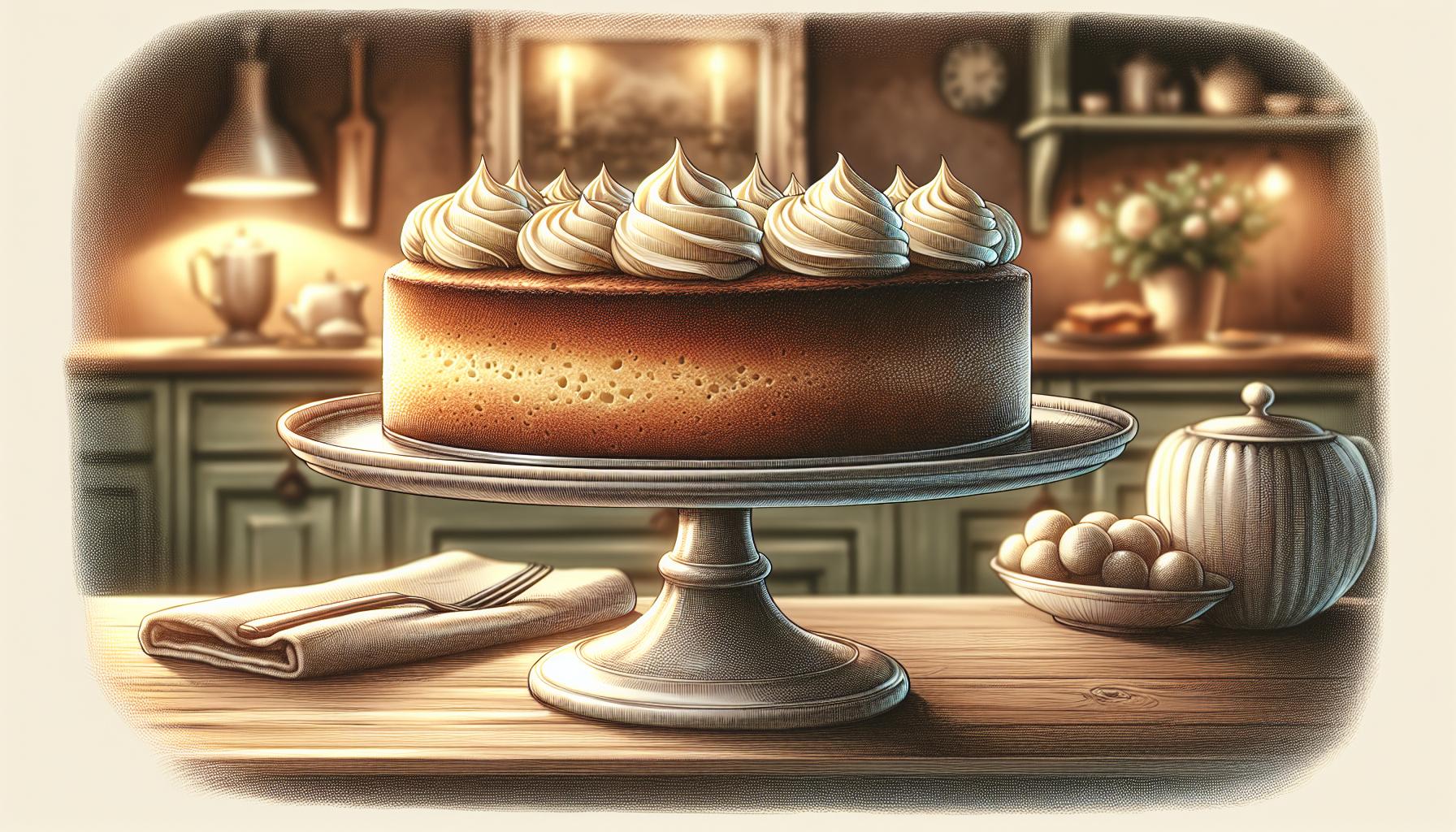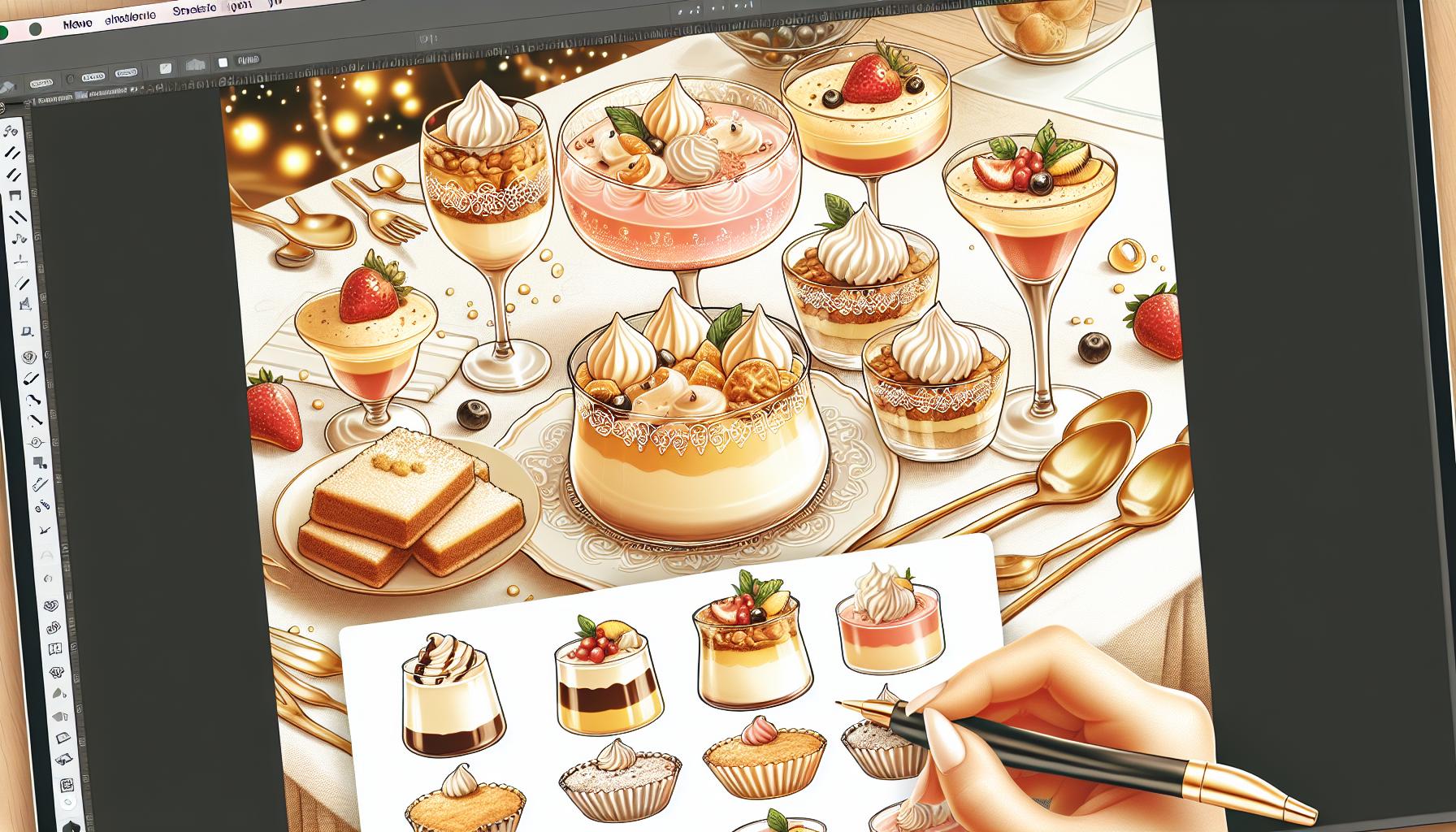When I got braces, one of my biggest concerns was how it would change the way I eat. Sweet treats like cake seemed like they might be off-limits, and I wasn’t ready to give up dessert just yet. If you’re wondering whether you can still enjoy cake while wearing braces, you’re not alone.
It’s natural to worry about damaging your braces or causing discomfort when indulging in your favorite foods. The good news is, not all treats are forbidden. With a little care and the right choices, you can satisfy your sweet tooth without compromising your orthodontic progress. Let’s dive into what you need to know about enjoying cake while keeping your braces safe and intact.
Can You Eat Cake With Braces?
Yes, you can eat cake with braces if it’s soft and free of hard toppings. Cakes like sponge cakes, cheesecakes, and chiffon cakes are easier to chew and don’t risk breaking brackets or wires. Avoid cakes with crunchy elements like nuts or hard candy decorations.
Choosing softer options ensures that your braces remain intact and your teeth are safe. For example, skip dense textures like fruitcake or brittle caramel toppings, as these can create pressure on braces. Always cut your cake into small pieces to make chewing more manageable.
Paying attention to cleaning after eating cake is essential. Sugar particles can become trapped in brackets or wires, increasing the risk of tooth decay. Rinsing your mouth and brushing as soon as possible will help maintain oral hygiene.
Understanding Braces Diet Restrictions

Eating with braces requires careful selection of foods to avoid damaging the brackets or wires. Small adjustments to your diet make it easier to maintain your orthodontic progress.
Foods To Avoid With Braces
Certain foods can harm braces or make them difficult to clean. Sticky foods like caramel, taffy, or chewing gum cling to brackets and wires, increasing the risk of breakage. Hard foods such as nuts, raw vegetables, hard candies, and ice can apply excessive pressure, leading to dislodged appliances. Crunchy snacks like popcorn or chips risk getting lodged in braces, making oral hygiene tricky. Avoid tough foods, including chewy bagels or tough cuts of meat, which strain brackets and wires.
Safe Treats For People With Braces
Treats are still an option with braces if they’re soft and easy to chew. Desserts like sponge cake, cheesecake, pudding, or yogurt pose little risk to orthodontic hardware. Soft baked goods, including muffins without nuts or cupcakes without hard decorations, are suitable. Ice cream without hard mix-ins and fruit like ripe bananas or sliced berries provide indulgent options without damaging braces. Always rinse your mouth or brush after consuming sugary treats to prevent tooth decay.
Is Cake Safe For Braces?

Cake can be safe for braces if it’s chosen and prepared carefully. Certain types and toppings are more suitable, while others should be avoided to protect braces.
Types Of Cake To Consider
Soft cakes are ideal for braces. Options like sponge cakes, cheesecakes, and chiffon cakes have smooth textures that don’t strain brackets or wires. Lighter cakes without crunchy layers or mix-ins, such as nuts or toffee bits, reduce the risk of breaking orthodontic appliances. Pound cakes and moist layered cakes can also work if they’re soft and cut into small, manageable pieces.
Avoid dense or hard-textured cakes. Items like fruitcakes, cakes with solid fillings, or those containing seeds and dried fruits can exert pressure on braces, leading to potential damage.
Toppings And Frostings To Watch Out For
Soft frostings are generally safe. Buttercream, whipped cream, and cream cheese frosting spread easily and don’t pose a threat to braces. Ganache and mousse toppings are also suitable if no hard coatings or inclusions are present.
Avoid sticky or hard toppings. Caramel drizzle, hard candy decorations, and chocolate coatings that harden can stick to braces or crack brackets when bitten into. Similarly, excessive sugar decorations and sprinkles might create cleaning challenges and increase the risk of tooth decay.
Tips For Eating Cake With Braces

Eating cake with braces requires mindful techniques to protect brackets and wires while enjoying your treat. Following proper steps ensures minimal risk to your orthodontic appliances.
Cutting Cake Into Smaller Pieces
Cutting cake into smaller pieces simplifies chewing and reduces strain on braces. Large bites increase pressure on brackets, potentially leading to damage. Use a fork or knife to break down cakes like sponge or cheesecake into manageable portions. Avoid dense cakes, even when sliced, as their texture may still pose a risk.
Cleaning Your Braces After Eating Cake
Cleaning your braces after eating cake is essential to prevent sugar from causing tooth decay. Use a soft-bristled toothbrush and fluoride toothpaste for thorough cleaning. Floss around brackets and wires to remove trapped particles. When on the go, rinse your mouth with water until you can brush properly. Maintaining this routine keeps your teeth and braces healthy despite sugary indulgences.
Alternatives To Cake When Wearing Braces

Soft desserts provide excellent substitutes for cake when braces limit food options. Pudding, mousse, and custard are creamy, braces-friendly choices that offer a similar indulgence without risking damage to wires or brackets. These options are smooth and require no chewing, making them ideal.
Frozen treats like ice cream, sorbet, and frozen yogurt are great alternatives if soft and free from hard mix-ins such as nuts or candy pieces. They provide a refreshing option, especially for celebrations or summer occasions.
Fruity options include soft, stewed fruits like applesauce or baked fruits such as pears, peaches, or fruit crumbles without crunchy toppings. These options offer natural sweetness and are gentle on braces.
Dairy-based treats like parfaits, soft cheesecakes, or yogurt topped with smooth fruit purées deliver satisfying sweetness while being safe. They ensure variety without causing discomfort.
For special occasions, rice pudding or soft, light soufflés are excellent substitutes. Both provide light, textured enjoyment that won’t threaten orthodontic health.
Conclusion
Enjoying cake with braces is absolutely possible with a little mindfulness and care. By choosing soft, braces-friendly options and practicing good oral hygiene, you can satisfy your sweet tooth without compromising your orthodontic progress. Remember to prioritize your dental health and make thoughtful choices to keep both your braces and your smile in great shape.
Frequently Asked Questions
Can you eat cake with braces?
Yes, you can eat cake with braces if you choose soft options like sponge cake, cheesecake, or chiffon cake. Avoid cakes with hard or crunchy toppings such as nuts or candies to prevent damaging your braces. Always cut the cake into smaller pieces for easier chewing.
What types of cake are safe for braces?
Soft and moist cakes, such as sponge cake, cheesecake, or chiffon cake, are safe for braces. Avoid dense or hard cakes and cakes with crunchy or sticky decorations, as they can damage brackets or wires.
Are frosting and toppings safe for braces?
Soft frostings like buttercream and whipped cream are safe for braces. However, avoid hard, sticky, or crunchy toppings, such as nuts, caramel, and candy bits, as they can harm your braces.
How should I eat cake with braces?
Cut the cake into small pieces to reduce strain on your braces, and chew carefully using your back teeth. Avoid taking large bites, which can put pressure on brackets and wires.
Why is oral hygiene important after eating cake with braces?
Cake contains sugar that can get trapped in braces, increasing the risk of tooth decay. Brush your teeth with a soft-bristled toothbrush, use fluoride toothpaste, and floss around brackets and wires to keep your smile healthy.
What desserts besides cake are braces-friendly?
Soft desserts like pudding, mousse, custard, ice cream without hard mix-ins, and yogurt with smooth fruit purées are braces-friendly. Options like stewed or baked fruits and rice pudding are also safe and delicious.
What foods should be avoided with braces?
Avoid sticky candies like caramel and taffy, hard snacks like nuts and raw vegetables, and tough foods that can strain your braces. These can damage brackets and wires.
Can I eat ice cream with braces?
Yes, ice cream is safe for braces as long as it doesn’t contain hard mix-ins like nuts or candy. Always choose smooth, braces-friendly options to avoid damaging your orthodontic appliances.
What are some soft, braces-safe desserts for special occasions?
For special occasions, try rice pudding, light soufflés, or soft cheesecakes as braces-safe dessert options. They are gentle on your braces and perfect for celebration treats.
How can I clean my braces after eating sugary treats?
Brush with a soft-bristled toothbrush and fluoride toothpaste, and floss carefully around brackets and wires. If you’re on the go, rinse your mouth with water until you can brush properly to prevent sugar buildup.